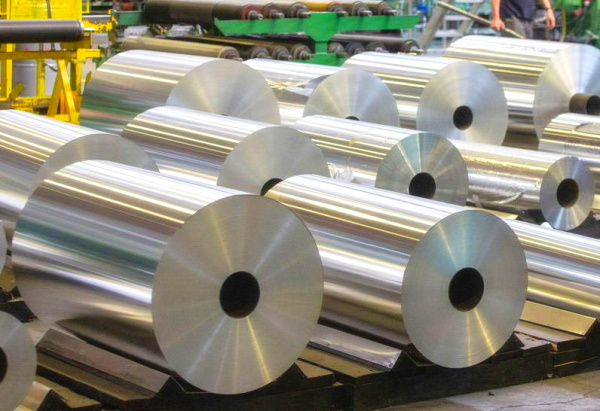6 Key Factors to Consider When Choosing Aluminum Profiles

With the expanding applications of aluminum profiles and the increasing variety available, how should we select the right type? Below, Anteng Aluminum Profiles analyzes the key factors to consider when choosing aluminum profiles.
The 6 Key Factors to Consider When Selecting Aluminum Profiles Are:
-
Strength:
Strength is a crucial factor in selecting aluminum profiles. The choice should be based on the application scenario to ensure the selected profile meets the requirements of the intended use. -
Hardness:
Different applications demand varying levels of material hardness. In terms of hardness (from highest to lowest), aluminum alloys rank as follows: 7xxx series > 2xxx series > 4xxx series > 6xxx series > 5xxx series > 3xxx series > 1xxx series. -
Corrosion Resistance:
The selection of corrosion-resistant aluminum profiles depends on the operating environment. In highly corrosive conditions, anti-corrosion composite materials or specially treated alloys should be used. -
Weldability:
While many aluminum profiles are weldable, the 5xxx series is the most suitable for welding. In contrast, 2xxx and 7xxx series are more challenging to weld. -
Aesthetics (Decorative Use):
When aluminum profiles are used for decorative purposes or in specific settings, surface treatments such as anodizing or powder coating can provide different colors and enhanced corrosion resistance, making them ideal for decorative applications. -
Machinability:
Machinability includes forming and cutting processes. High-strength aluminum profiles are more difficult to machine and shape, so the selection should align with specific processing needs.
By evaluating these six factors—strength, hardness, corrosion resistance, weldability, aesthetics, and machinability—you can choose the most suitable aluminum profile for your project.
Latest News
-
062025.06
Sudden Boost for Alumina: How Long Can the Strong Momentum Last?
-
062025.06
Jiangsu Kaile Secures Patent: Metal Sheet Positioning Fixture Ensures Machining Precision!
-
062025.06
Jiangsu Kaile Metal Tech's New Patent: Flipping Device Boosts Efficiency in Ultra-Flat Aluminum Plate Processing
-
062025.06
Jiangsu Kaile Metal Develops Revolutionary Bending Machine - Patent Significantly Boosts Metal Processing Efficiency!
-
222025.05
Global Primary Aluminum Market Records 277,200-ton Surplus in March 2025
-
222025.05
6 Key Factors to Consider When Choosing Aluminum Profiles
-
222025.05
Why Are Industrial Aluminum Profiles Being Used More Widely?
-
222025.05
The Automotive Aluminum Market is Steadily Growing
-
292025.03
Jiangsu Kaile's AI-Powered Aluminum Plate Handling System Patent Approved: A New Breakthrough in Smart Manufacturing
-
152025.03
Jiangsu Kaile Secures Patent for Metal Plate Leveling Machine, Enhancing Conveyance Stability

